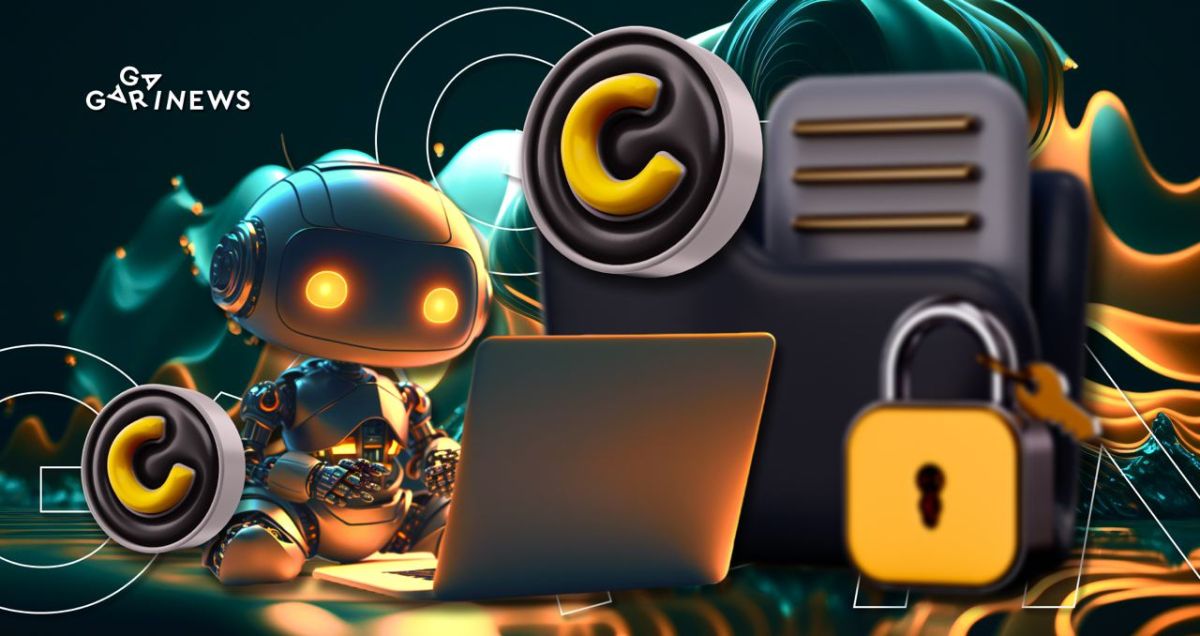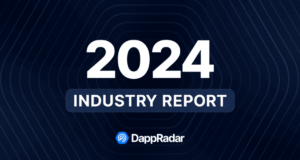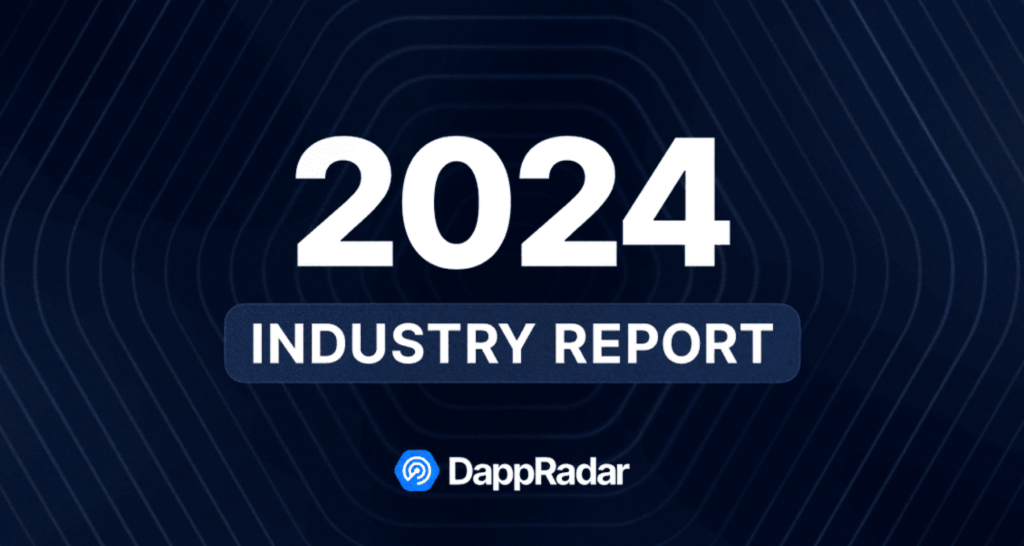Exploring the Triad: AI, Copyright, and Plagiarism

Does a work conceived by artificial intelligence qualify as authentic art? And how is copyright applied to such a creation? These questions are beginning to confront developers and legal experts alike.
Art can be anything, as long as people perceive it as such. The worth of any artwork is solely dictated by an individual's subjective understanding of beauty and harmony. It's irrelevant whether we're appraising a piece of text, an image, a melody, a sculpture, or a multifaceted performance.
Only a couple of years ago, artificial intelligence was synonymous with technology, not creative expression. However, platforms and applications like OpenAI or Midjourney have emerged, capable of assimilating artistic experiences and generating, on demand, entities that can and should be regarded as standalone pieces of art.
The Stanford Encyclopedia of Philosophy characterizes art as an artifact crafted for the public's viewing and as an innovative reimagining of previously created works. With this perspective, the generative operations of a machine could indeed qualify as art, as the definition does not expressly require the creator to be a member of Homo sapiens.
This prompts a question: who should then be considered the author of the work? Is it the machine, responsible for generating various outputs, or the human who inputs desired parameters for the machine to work with? In this context, who is the true artist: the one who prompts DeepDream to illustrate Changpeng Zhao in a spacesuit atop a white horse, drawn in Salvador Dalí's style? Or is it the machine that realizes this surreal scenario on the screen?
And in this situation, who is the perpetrator of plagiarism? Is it the AI system that processes hundreds of gigabytes of information, originally created by other authors, and subsequently generates a piece of text or image from it? Alternatively, could the true copyright infringer be the person who later utilizes these machine-processed outcomes of someone else's hard work and sleepless nights, falsely presenting them as their creations?
Example of generative art. Source: deepdreamgenerator
While an answer remains elusive, it's clear that we're navigating precarious territory, with the potential for a painful stumble against the ethereal notion of ethics.
Presently, there are no definitive guidelines or established methodologies that can provide an answer to this question.
Nevertheless, a legal precedent has been set.
The U.S. Copyright Office twice denied a claim to secure copyright for a painting entitled “A Recent Entrance to Paradise.” The claim was made by Stephen Thaler, the creator of the Creativity Machine app. He argued that the real artist of the painting was a neural network, and maintained that the demand for human authorship was unconstitutional, unsupported by existing laws or case law.
The copyright would have allowed Thaler to formally consider all pieces produced through his app as artworks.
The Copyright Office's refusal was based on several key points:
1. A work must be generated by a human author to comply with the legal and formal prerequisites of copyright protection.
2. Human authorship is a requisite condition for copyright protection in the United States, a stance supported by legal text, Supreme Court precedent, and the longstanding practice of the Copyright Office.
3. Copyright law safeguards “original works of authorship,” the product of human creativity and self-expression, recorded in a tangible form.
4. The law aims to guard the intellectual outputs borne from the human mind. The Copyright Office doesn't possess the authority to amend the fundamental principles of the legislation.
The legal landscape may shift if developers can convince the law that human-created software could be regarded as a bona fide originator of generative art, considering the substantial contribution of human intellect in its operation.
In such an event, lawmakers would have to augment the law's language with unconventional concepts like the author's sense of humor, empathy, and compassion.
Given the current momentum, it seems humanity has little choice but to navigate this uncharted path.
The content on The Coinomist is for informational purposes only and should not be interpreted as financial advice. While we strive to provide accurate and up-to-date information, we do not guarantee the accuracy, completeness, or reliability of any content. Neither we accept liability for any errors or omissions in the information provided or for any financial losses incurred as a result of relying on this information. Actions based on this content are at your own risk. Always do your own research and consult a professional. See our Terms, Privacy Policy, and Disclaimers for more details.



























